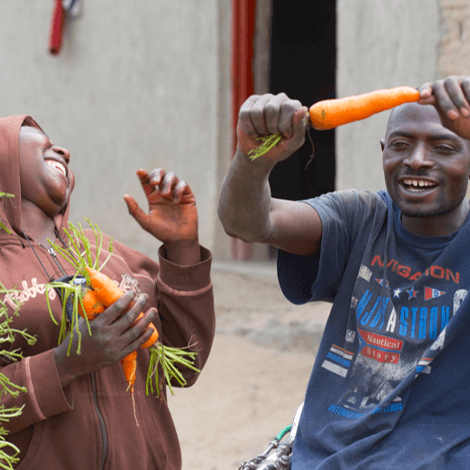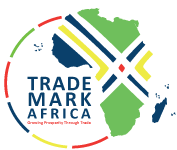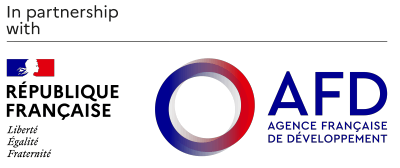The East African Community (EAC) is set to issue a common travel passport. The move was announced following a just-concluded meeting of EAC Council of Ministers in Arusha, Tanzania. According to Tanzania Daily News, member countries of the EAC have been directed to start issuing the new machine-readable common passport by January 31, 2018. The common passport, which had previously been slated to begin in April 2017, had to be rescheduled and shifted by one year to allow all countries to meet a uniform deadline. An official report from the 35th EAC Council of Ministers meeting revealed that Kenya, Burundi, Rwanda, and Uganda were ready to commence the common passport regime; however, Tanzania and South Sudan could only realistically commence issuance of the new passport by 2018. A resolution reached at the 17th ordinary summit of the EAC Heads of State directed all member nations to gradually phase out the current national passports between January 1, 2017, and December 31, 2018. When launched, the new common passport is expected to guarantee citizens of the six-member nation regional body seamless cross border travel for business, pleasure, and learning. It will also create a common market for goods and services and boost the free movement of people within the regional bloc. The new e-passport will have diplomatic, service as well as standard categories. Regular passports will be valid for up 10 years while diplomatic passports will be valid according to the term of service. The passports will come with a chip that stores...
East African Nations To Issue Common Passport in 2018
Posted on: April 21, 2017
Posted on: April 21, 2017















